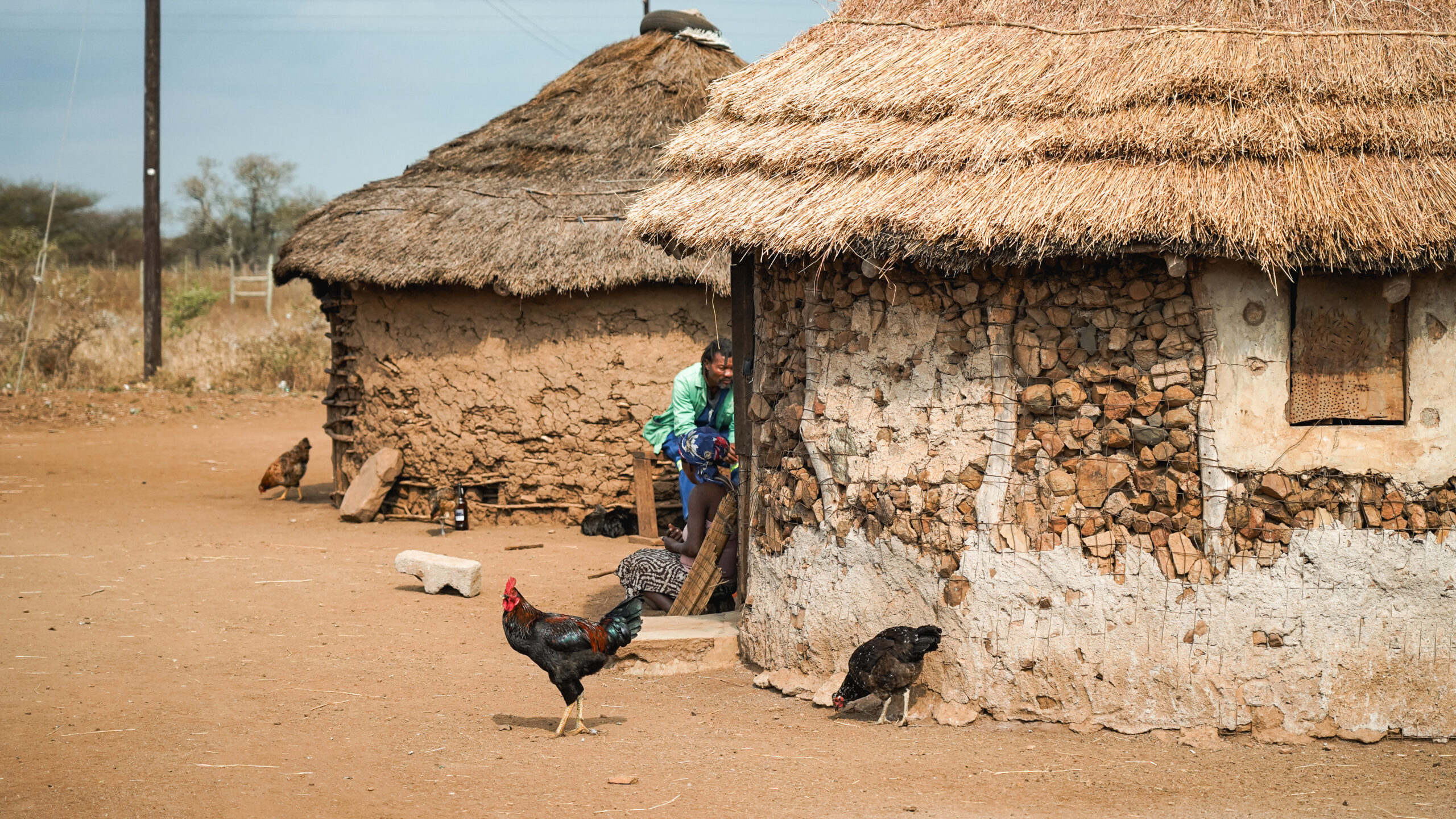Utilization of Early Warning Information and the Factors Influencing Actionability of Early Warning Messages Among Last Mile Communities in Drought-Prone Areas In Eswatini

About this Paper
This study examines the utilization of early warning information and the factors influencing its actionability among last-mile farming communities in Eswatini's drought-prone regions. With a focus on the Lubombo and Shiselweni regions, the research explores barriers to accessing, interpreting, and acting on early warning messages, particularly in marginalized and remote areas.
Key findings reveal that while a majority of households have access to early warning information, many face challenges such as technical language, lack of relevance to daily activities, delayed dissemination, and limited trust in forecast accuracy. Gender and socio-economic disparities further exacerbate vulnerabilities, with women and marginalized groups often excluded from decision-making processes. Recommendations include improving message clarity, localizing content, strengthening educational initiatives, and fostering inclusive participation in disaster preparedness efforts.
This study offers critical insights and actionable recommendations for policymakers, practitioners, and researchers aiming to improve the effectiveness of early warning systems in Eswatini and similar contexts.
Explore the executive summary or full paper to learn more.
Authors and Collaborators
- Sipho Felix Mamba, University of Eswatini, Eswatini
- Nosizo Mthupha, National Disaster Management Department, Eswatini
- Sizwe Mabaso, University of Eswatini, Eswatini
- Samkele Tfwala, University of Eswatini, Eswatini

This research was funded with UK International Development from the UK government. It was part of a multi-country research initiative led by the Global Disaster Preparedness Center of the American Red Cross. Access all final publications here.
